WHITE PAPER
All-in-One XR
Powered by NVIDIA Project Aurora and Hololight Hub
EVENT
Meet us at I/ITSEC in Orlando, FL
Join us in Orlando for hands-on live demos of our XR streaming technology at booth 428.
PRESS RELEASE
Augmentalix and Hololight Announce Partnership
This collaboration expands Hololight’s reseller network and advances its mission to deliver secure, scalable XR streaming worldwide.
RELEASE
Hololight Stream Runtime
The end user one-click solution for seamless XR streaming is available now!
PRESS RELEASE
Hololight Receives €10 M to Scale XR Streaming
The funding will support the global distribution of our products and the further development of our vision.
RELEASE
Hololight Stream 2025.0.0 Release
The latest release of Hololight Stream, our XR Pixel Streaming Technology, is now live!
PRESS RELEASE
Snap and Hololight Announce Strategic Partnership
Hololight is bringing its proprietary XR pixel streaming technology to the Snap Spectacles
RELEASE
Hololight Space 2025.0.0.0 Release
The latest release of Hololight Space, our XR engineering software, is now live!
ABOUT US
Explore Hololight's XR Solutions
We are a deep tech company and deliver the most powerful streaming solution for AR and VR
VIDEOS
Hololight Showcase
Learn More about our Products from our Extensive Video Library
TRUSTED BY INDUSTRY LEADERS
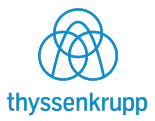
OUR PRODUCTS
Powered by Hololight's XR Pixel Streaming Technology
XR Streaming Technology
Hololight Stream SDK
for Developers
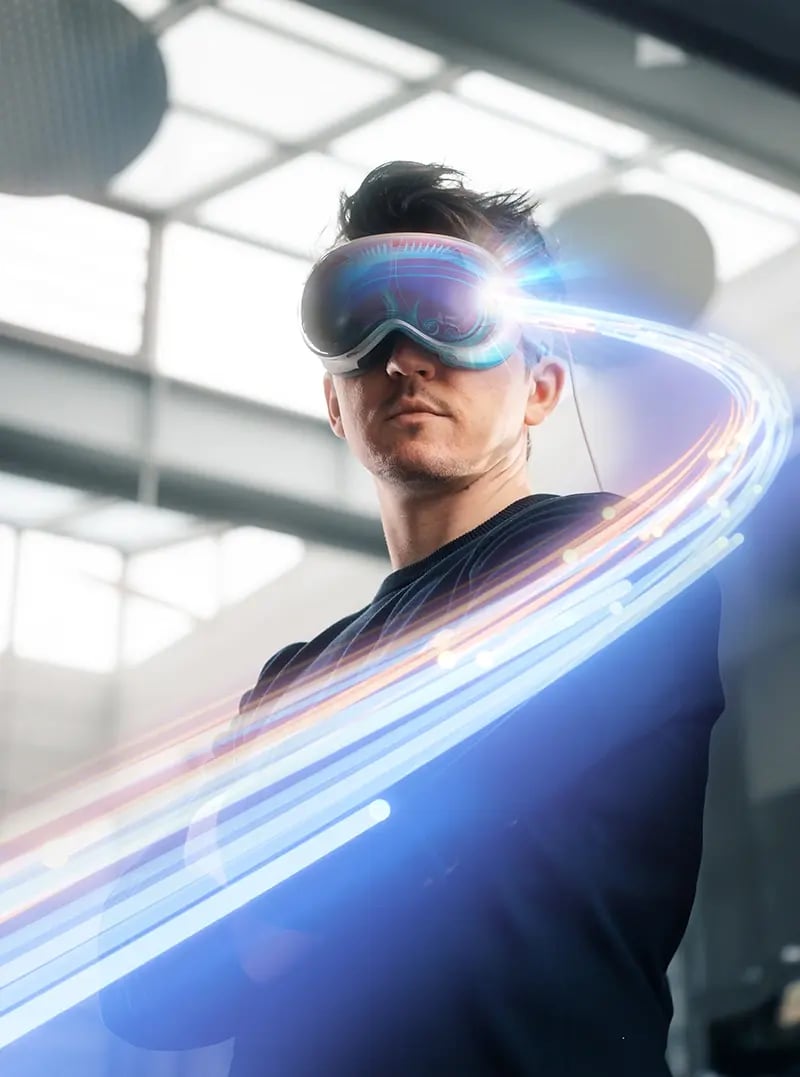
XR Engineering Software
3D CAD Visualization in XR for
Design & Engineering
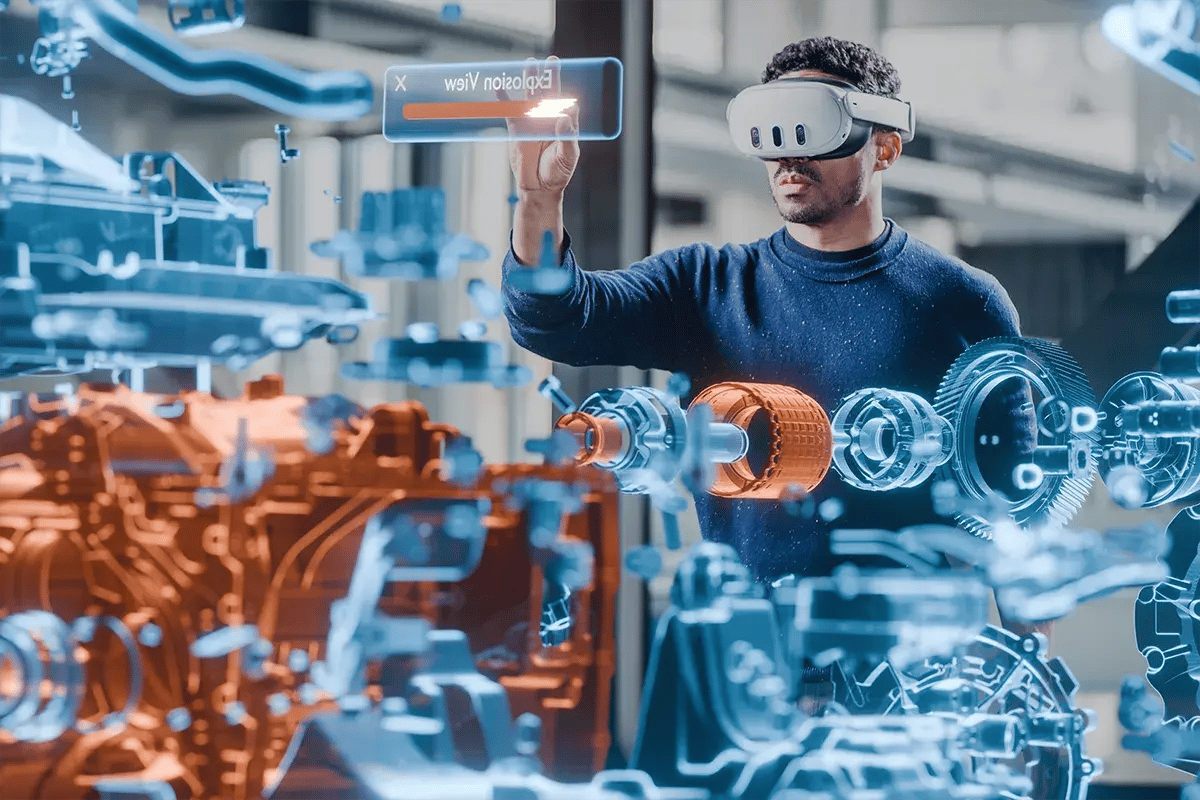
TRUSTED BY INDUSTRY LEADERS

OUR PRODUCTS
Powered by Hololight's XR Pixel Streaming Technology
Hololights proprietary
XR Streaming Technology
Hololight Stream SDK
for Developers

XR Engineering Software
3D CAD Visualization in XR for
Design & Engineering
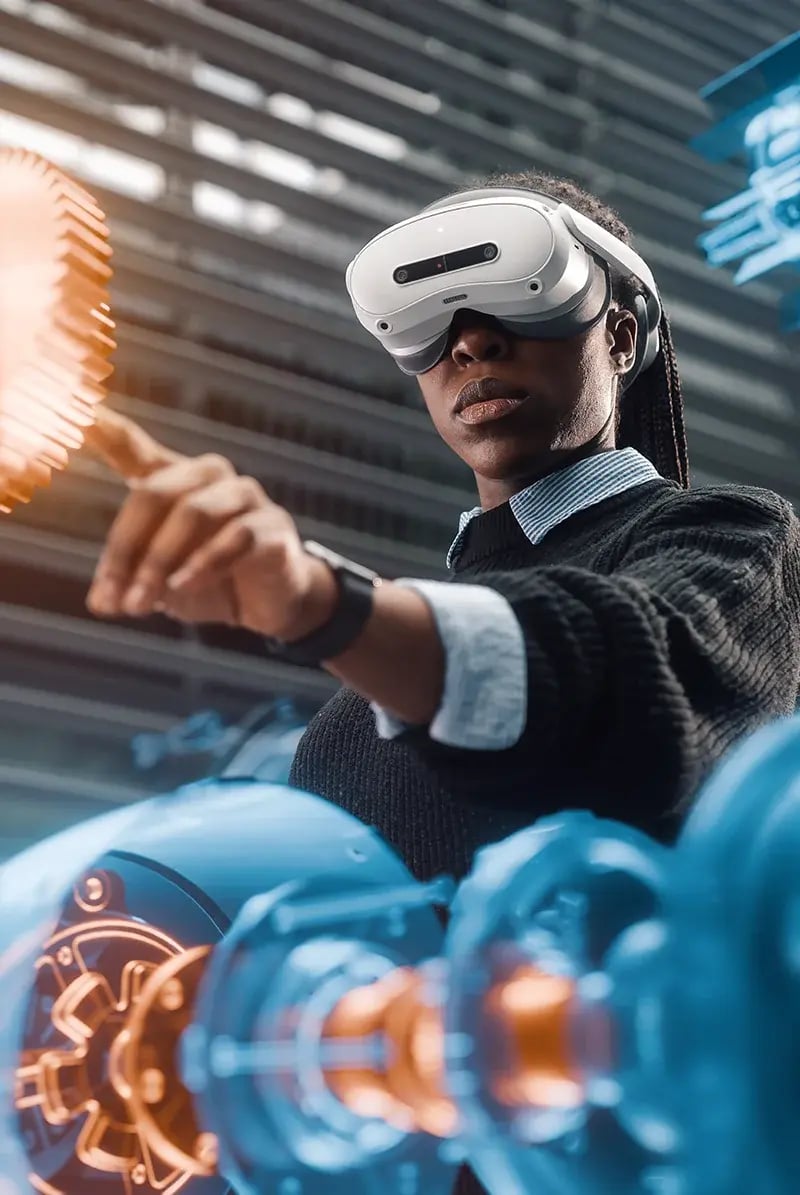
FREE TRIALS
Experience Hololight’s XR Product Suite
- Homepage
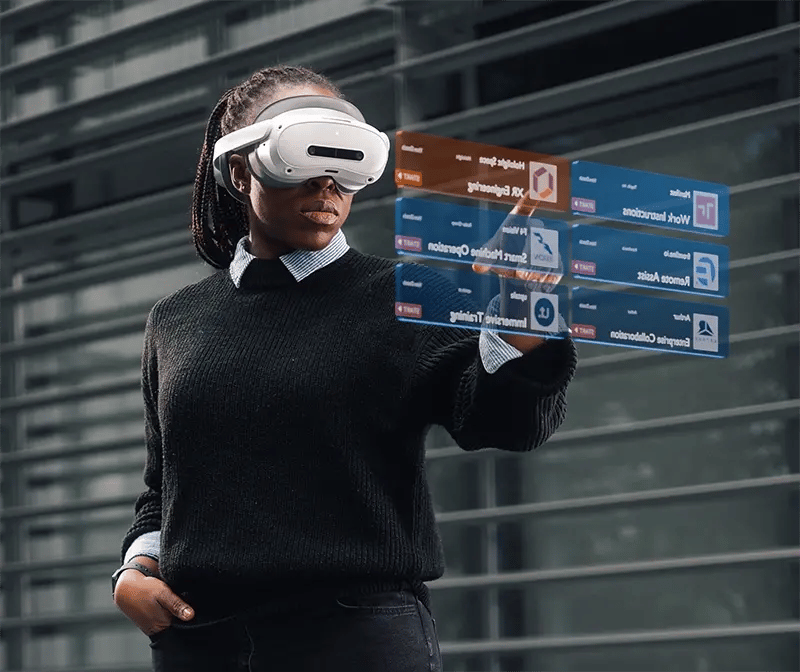
XR Streaming Technology
Hololight Stream SDK
for Developers
XR Streaming Technology
Hololight Stream SDK
for Developers

XR Engineering Software
3D CAD Visualization in AR and VR for
Design & Engineering
XR Engineering Software
3D CAD Visualization in AR and VR for
Design & Engineering

TESTIMONIALS
Leading Companies Trust Hololight

The ease of use and the return on investment is exactly what we were looking for. It’s as easy as switching on a computer. For us, now it’s second nature to use Hololight.
– Jamie Towers | Chief Technical Officer

With AR glasses and CAD data, we can find out much more quickly if the production worker will be able to fit the part correctly later in production. As a result, we need far fewer test setups.
– Michael Schneider | Head of Complete Vehicle
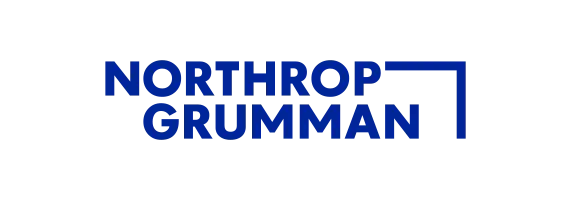
We have many different use cases with XR. For us it’s building the foundation of tools we can use to utilize XR across the enterprise. It opens a lot to be able to stream multiple applications from a platform like Hololight Hub.
– Michael Hinckley | Sector Manager Manufacturing Systems Engineering

The cooperation with Hololight is always constructive, friendly, and goal-oriented. My ideas are well received, and the team considers and implements them according to our individual requirements.
– Jörn Stiegelmeier | Head of Technology & Development

By using Augmented Reality, we avoid creating unnecessary prototypes and therefore have to make fewer revisions. It has also helped us tremendously with cross-cultural communication and allowed us to make decisions faster.
– Dr. Calvin Brett | Director of IT & Digitalization

The project with Hololight has shown us how Augmented Reality helps to take workflows and learning processes to a new level of efficiency.
– Deliah Hecker | Digitalization, Innovation and Technology Division

My recommendation to everyone is to try it out and see how Augmented Reality and especially the Hololight Space Software is a total game changer for engineering.
– Mileta Vracar | Development Manager Engineering
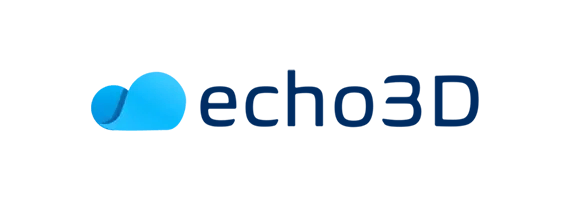
By harnessing the power of XR Streaming, we've been able to deliver a more immersive end-user experience to customers in need of AR training solutions. It's not just about reimagining what's possible - it's about making it a reality.
– Alon Grinshpoon | CEO

Hololight Stream has amazing potential for AR/VR visualization of massive digital twins and real-time monitoring of projected complex 3D designs merged with as-built environments in shipping and other industries.
– Georgios Bourtzos | CEO and Co-Founder

With Hololight Stream, we save time and money processing data by just avoiding converting volumes of data from one syntax to another. We can simply keep the high-resolution data from the iPad or computer and stream it to the AR headset.
– Peter Verrillo | (former) Co-founder and CEO

By visualizing true-to-scale 3D models in the actual plant as holograms, we can provide all stakeholders with a better understanding of the plant before it is constructed, while also creating a real wow effect.
– Tobias Bauchrowitz | Head of Engineering

Before integrating the XR streaming solution Hololight Stream, we needed to align customer needs to the performance limitations of mobile computing devices. Implementing Hololight Stream in Unity is extremely simple. It took us less than 20 minutes.
– Takesen – Takehisa Ito | Co-Founder and COO
CONTACT
Book a Meeting
FAQ
The Basics of XR
-
What is XR (Extended Reality)?
Extended Reality (XR) is an umbrella term for immersive technologies such as Virtual Reality (VR), Augmented Reality (AR), and Mixed Reality (MR). The goal is to merge digital content with the real world or to create entirely virtual environments.
-
What is VR (Virtual Reality)?
Virtual Reality (VR) places users in a completely digital environment. With specialized VR headsets such as the HTC Vive, Meta Quest 3, or PICO devices, users can immerse themselves in virtual worlds that fully replace the real world.
-
What is AR (Augmented Reality)?
Augmented Reality (AR) enhances the real world with digital content that is overlaid in real time. Well-known examples include the Microsoft HoloLens or AR features on modern smartphones.
-
Which XR devices are available?
There is a wide variety of XR devices on the market today, designed for different use cases, and new ones are continuously being released. Here is a selection of currently available XR devices, all of which are supported by our streaming technology:
- Meta Quest family – with passthrough functionality to view digital content in the real world.
- PICO 4 Ultra – VR headset for enterprises and consumers.
- HTC Vive family – powerful VR headsets for gaming and enterprise applications.
- Microsoft HoloLens 2 – headset for AR scenarios.
- Apple Vision Pro – high-end headset with AR and VR support.

